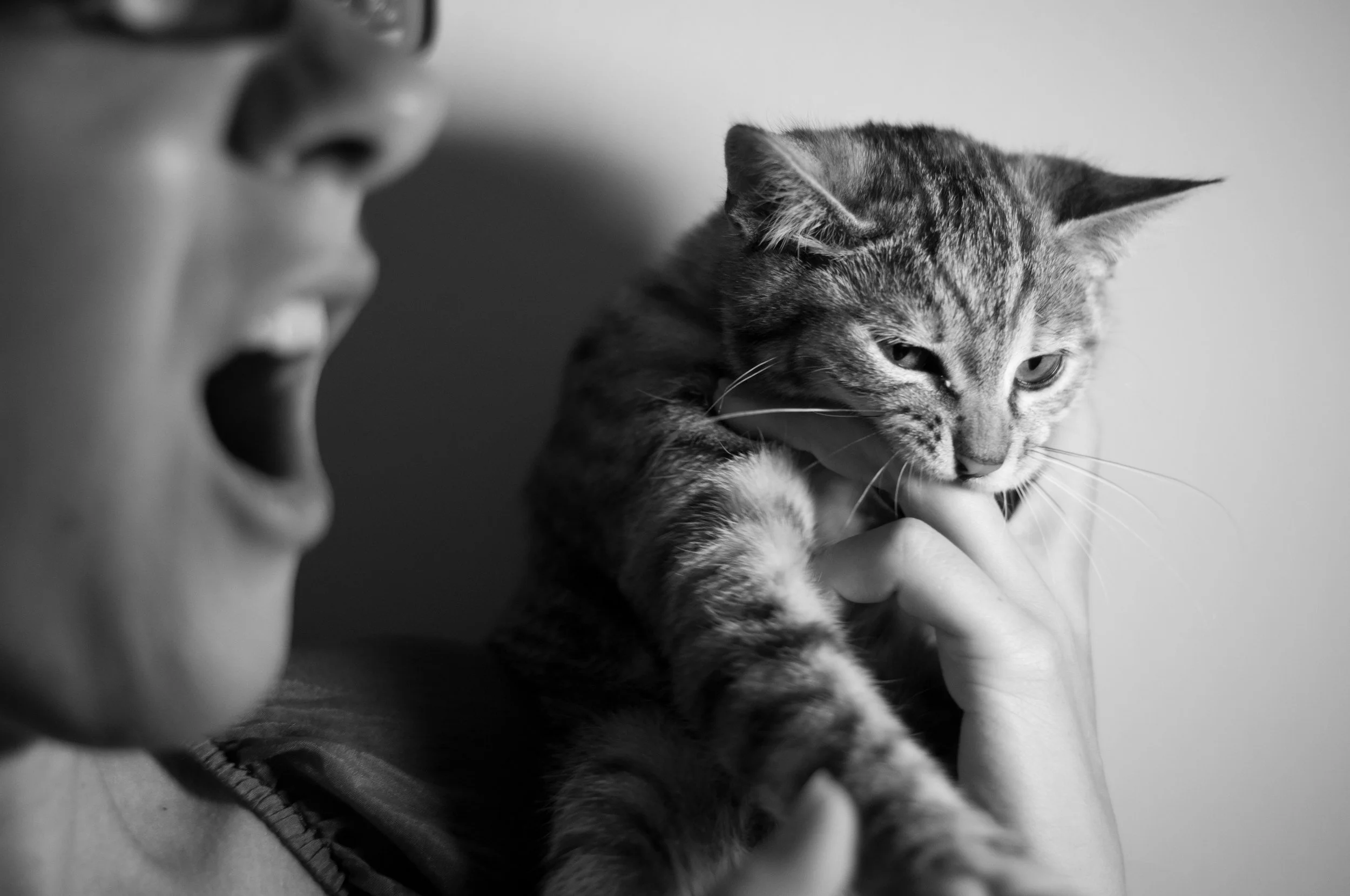Recognizing Pain in Pets: Subtle Signs You May Be Missing
The medical team at Stitches Veterinary Surgery - located in Long Beach, California - is often asked, “How do I truly know if my pet is in pain?” Pets—especially cats and dogs—are masters at hiding discomfort. Recognizing pain early is crucial to your pet’s health, comfort, and recovery after surgery or injury.
Spotting subtle signs can be the difference between quick healing and ongoing discomfort. Here are key facts that every pet owner should know.
Why Pets Hide Their Pain
In the wild, animals instinctively mask pain to avoid appearing vulnerable. Although your home isn’t a jungle, your pet’s biology hasn’t changed. This makes it our job as caring owners to spot the early, sometimes invisible indicators of discomfort.
1. Changes in Behavior or Routine
The most telling signs of pain are often shifts in daily habits. Is your active dog suddenly withdrawn? Does your cat hide more, sleep less, or avoid jumping onto favorite spots? Behavioral changes, no matter how subtle, may indicate underlying pain.
2. Reluctance to Move or Exercise
Limping is an obvious sign, but even decreased willingness to walk, climb stairs, or play can signal joint or muscle pain. Slowed movements or hesitation to get up are common after orthopedic injury or surgery. Trust your instincts—if your pet seems less mobile, don’t ignore it.
3. Changes in Appetite or Grooming
Pain can cause a loss of appetite or increased fussiness with food. You might also see over-grooming around a painful spot (licking or biting at skin), or a sudden drop in overall grooming habits (especially with cats). These subtle cues deserve your attention!
4. Vocalization and Facial Expressions
Whining, yelping, purring, or excessive panting are classic pain responses. But pets may also change their facial expression: narrowed eyes, flattened ears, or a tense jaw. If your normally silent friend suddenly vocalizes or seems unsettled, pain could be the culprit.
5. Protectiveness or Aggression
A previously gentle dog who snaps when touched, or a cat who hisses when picked up, is sending a message. Pain often triggers protectiveness over the affected body part—even a slight pet can prompt a defensive response.
Why Early Recognition Matters
Identifying and addressing pain early leads to faster recovery, better post-surgical outcomes, and improved quality of life. At Stitches Veterinary Surgery, our Long Beach team uses advanced pain management strategies tailored for each procedure, from minimally invasive to complex orthopedic surgeries.
What You Should Do
If you spot any of these red flags, contact your veterinarian or a surgical specialist for a thorough evaluation. Even subtle pain deserves prompt attention to prevent complications or chronic issues.
At Stitches Veterinary Surgery, we believe compassionate, expert care starts with understanding the “silent language” of pain. If you suspect your pet is uncomfortable—or want guidance after pet surgery—reach out to our Long Beach specialty hospital. Your pet’s recovery and comfort are always our top priority.

